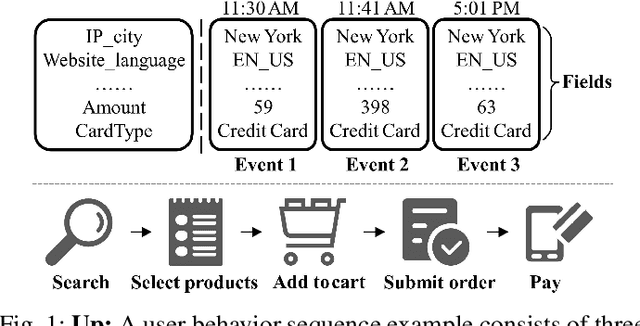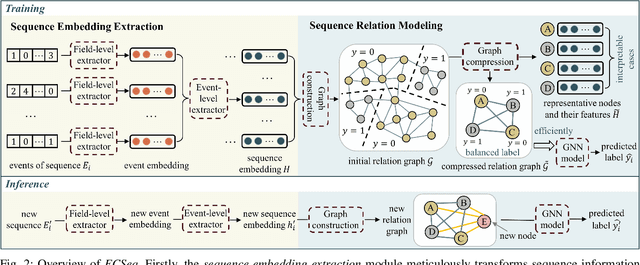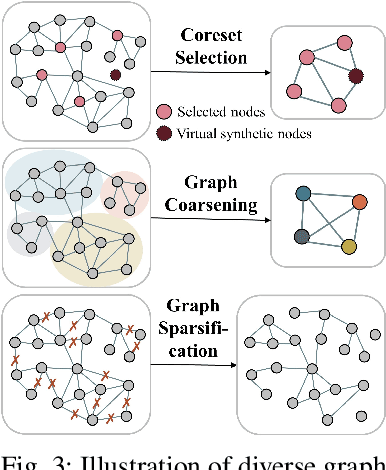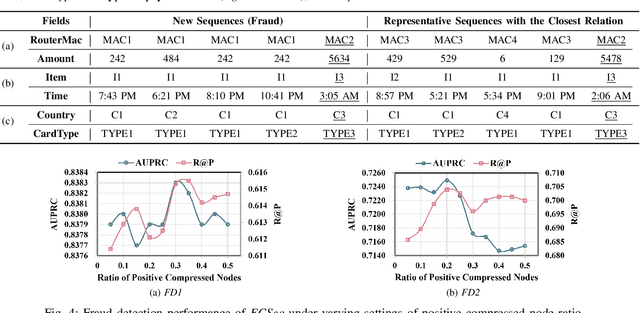Yucheng Wu
Effect of Selection Format on LLM Performance
Mar 10, 2025Abstract:This paper investigates a critical aspect of large language model (LLM) performance: the optimal formatting of classification task options in prompts. Through an extensive experimental study, we compared two selection formats -- bullet points and plain English -- to determine their impact on model performance. Our findings suggest that presenting options via bullet points generally yields better results, although there are some exceptions. Furthermore, our research highlights the need for continued exploration of option formatting to drive further improvements in model performance.
Interpretable Droplet Digital PCR Assay for Trustworthy Molecular Diagnostics
Jan 16, 2025



Abstract:Accurate molecular quantification is essential for advancing research and diagnostics in fields such as infectious diseases, cancer biology, and genetic disorders. Droplet digital PCR (ddPCR) has emerged as a gold standard for achieving absolute quantification. While computational ddPCR technologies have advanced significantly, achieving automatic interpretation and consistent adaptability across diverse operational environments remains a challenge. To address these limitations, we introduce the intelligent interpretable droplet digital PCR (I2ddPCR) assay, a comprehensive framework integrating front-end predictive models (for droplet segmentation and classification) with GPT-4o multimodal large language model (MLLM, for context-aware explanations and recommendations) to automate and enhance ddPCR image analysis. This approach surpasses the state-of-the-art models, affording 99.05% accuracy in processing complex ddPCR images containing over 300 droplets per image with varying signal-to-noise ratios (SNRs). By combining specialized neural networks and large language models, the I2ddPCR assay offers a robust and adaptable solution for absolute molecular quantification, achieving a sensitivity capable of detecting low-abundance targets as low as 90.32 copies/{\mu}L. Furthermore, it improves model's transparency through detailed explanation and troubleshooting guidance, empowering users to make informed decisions. This innovative framework has the potential to benefit molecular diagnostics, disease research, and clinical applications, especially in resource-constrained settings.
Efficient User Sequence Learning for Online Services via Compressed Graph Neural Networks
Jun 05, 2024



Abstract:Learning representations of user behavior sequences is crucial for various online services, such as online fraudulent transaction detection mechanisms. Graph Neural Networks (GNNs) have been extensively applied to model sequence relationships, and extract information from similar sequences. While user behavior sequence data volume is usually huge for online applications, directly applying GNN models may lead to substantial computational overhead during both the training and inference stages and make it challenging to meet real-time requirements for online services. In this paper, we leverage graph compression techniques to alleviate the efficiency issue. Specifically, we propose a novel unified framework called ECSeq, to introduce graph compression techniques into relation modeling for user sequence representation learning. The key module of ECSeq is sequence relation modeling, which explores relationships among sequences to enhance sequence representation learning, and employs graph compression algorithms to achieve high efficiency and scalability. ECSeq also exhibits plug-and-play characteristics, seamlessly augmenting pre-trained sequence representation models without modifications. Empirical experiments on both sequence classification and regression tasks demonstrate the effectiveness of ECSeq. Specifically, with an additional training time of tens of seconds in total on 100,000+ sequences and inference time preserved within $10^{-4}$ seconds/sample, ECSeq improves the prediction R@P$_{0.9}$ of the widely used LSTM by $\sim 5\%$.
Graph Contrastive Learning with Cohesive Subgraph Awareness
Jan 31, 2024



Abstract:Graph contrastive learning (GCL) has emerged as a state-of-the-art strategy for learning representations of diverse graphs including social and biomedical networks. GCL widely uses stochastic graph topology augmentation, such as uniform node dropping, to generate augmented graphs. However, such stochastic augmentations may severely damage the intrinsic properties of a graph and deteriorate the following representation learning process. We argue that incorporating an awareness of cohesive subgraphs during the graph augmentation and learning processes has the potential to enhance GCL performance. To this end, we propose a novel unified framework called CTAug, to seamlessly integrate cohesion awareness into various existing GCL mechanisms. In particular, CTAug comprises two specialized modules: topology augmentation enhancement and graph learning enhancement. The former module generates augmented graphs that carefully preserve cohesion properties, while the latter module bolsters the graph encoder's ability to discern subgraph patterns. Theoretical analysis shows that CTAug can strictly improve existing GCL mechanisms. Empirical experiments verify that CTAug can achieve state-of-the-art performance for graph representation learning, especially for graphs with high degrees. The code is available at https://doi.org/10.5281/zenodo.10594093, or https://github.com/wuyucheng2002/CTAug.
 Add to Chrome
Add to Chrome Add to Firefox
Add to Firefox Add to Edge
Add to Edge